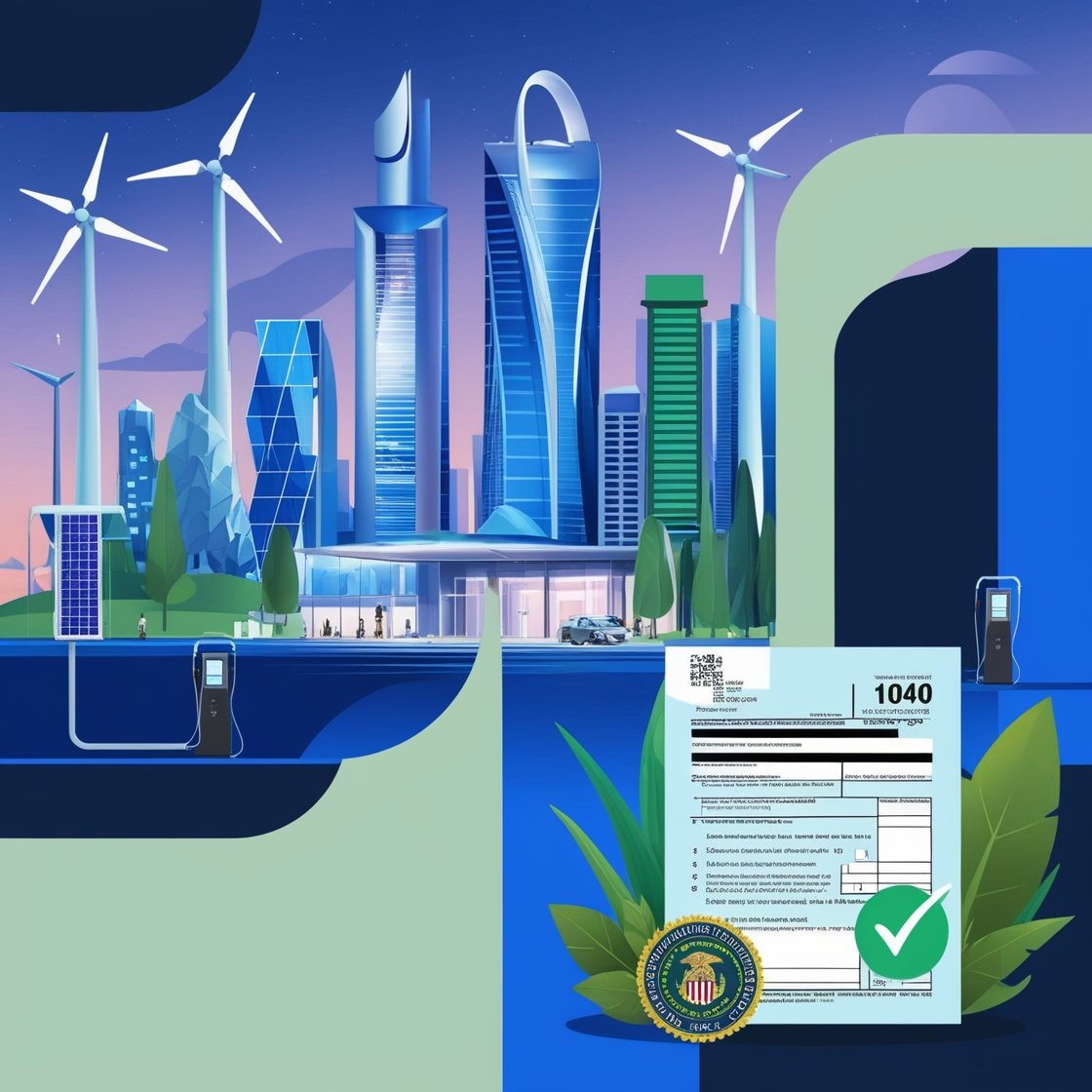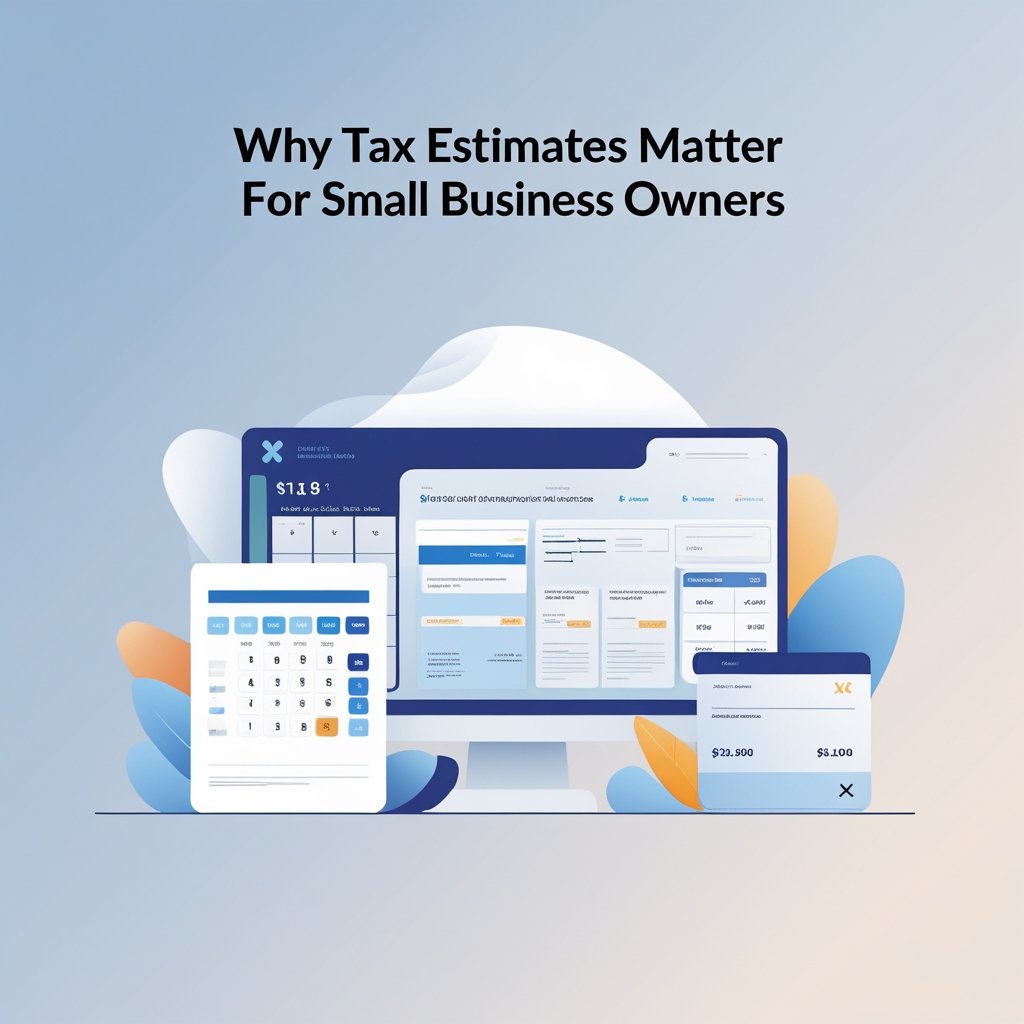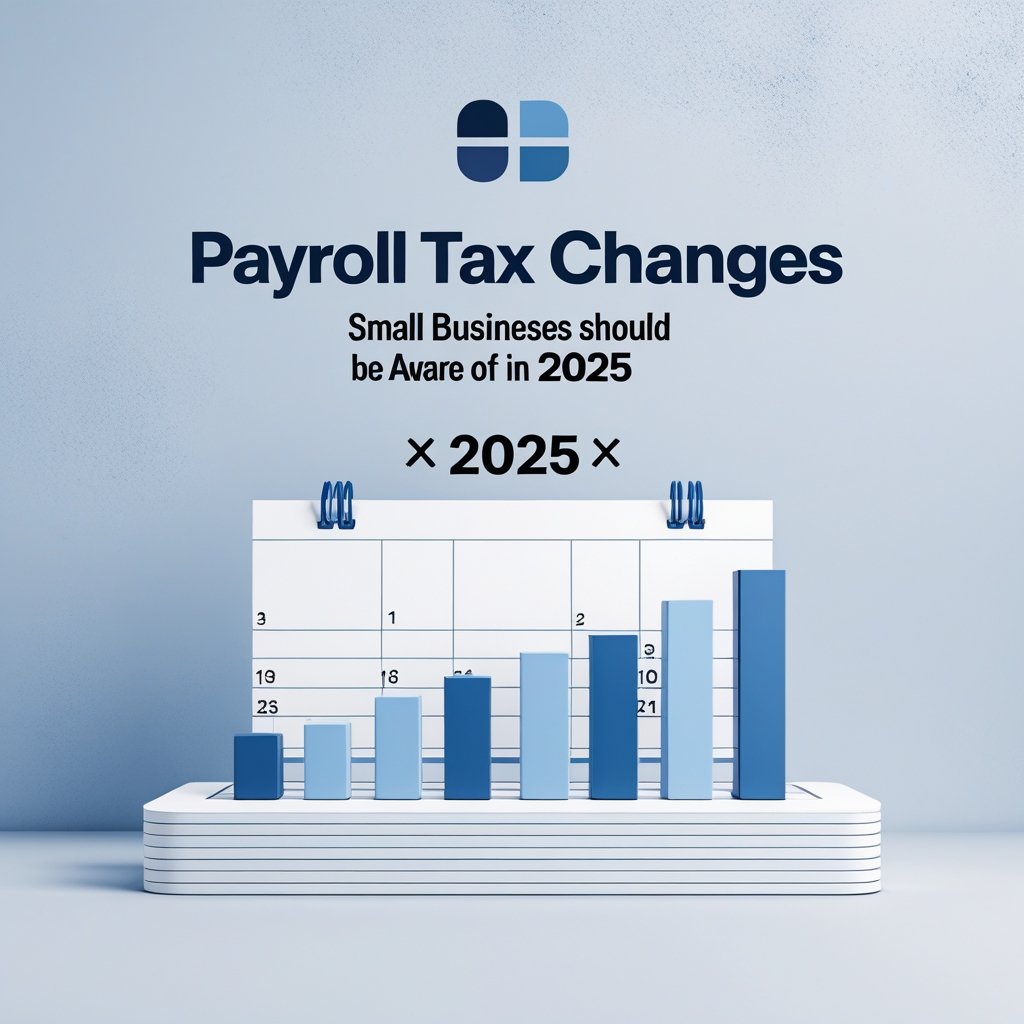As tax season approaches, understanding and utilizing available tax credits can significantly impact your financial planning. Among the most promising opportunities are the Energy Efficiency Home Improvement Credit and the Electric Vehicle (EV) Tax Credit, both of which promote environmentally friendly practices while offering substantial financial savings. Here’s what you need to know to make the most of these credits in 2024.
Energy Efficiency Home Improvement Credit
The Energy Efficiency Home Improvement Credit is designed to incentivize homeowners to invest in sustainable home upgrades. This credit was significantly expanded under the Inflation Reduction Act, making it more accessible and lucrative for taxpayers.
Key Features
- Increased Credit Amounts: Homeowners can now claim up to 30% of the cost of qualifying energy-efficient improvements, up from the previous 10% cap. These upgrades include installing solar panels, energy-efficient windows, insulation, and heating systems.
- Annual Credit Limit: Unlike previous versions with a lifetime cap of $500, the new credit offers an annual limit of $1,200 for most improvements. Certain upgrades, like installing qualified heat pumps or biomass stoves, allow for an additional $2,000 credit annually.
- Eligibility: To qualify, the improvements must meet specific energy efficiency standards, which vary depending on the type of project. Homeowners should verify these criteria with contractors or product manufacturers.
- Timeframe: The credit applies to qualifying upgrades made between January 1, 2023, and December 31, 2032, giving taxpayers ample time to plan and implement changes.
Maximizing the Credit
- Combine smaller projects over multiple years to maximize annual limits.
- Prioritize improvements that yield the highest energy savings, such as upgrading HVAC systems or adding solar panels.
- Keep detailed records of all expenses, including receipts and contractor documentation, to support your tax claim.
Electric Vehicle (EV) Tax Credit
As the U.S. transitions towards sustainable transportation, the EV Tax Credit provides financial incentives for purchasing electric vehicles. This credit is a key part of the government’s strategy to reduce carbon emissions and promote clean energy adoption.
Key Features
- New EV Purchases: Buyers of new electric vehicles can claim a credit of up to $7,500, depending on the vehicle’s battery capacity, assembly location, and the buyer’s income. To qualify, the vehicle must undergo final assembly in North America and meet specific battery material requirements.
- Used EV Purchases: For the first time, used electric vehicles are also eligible for a tax credit. Buyers can claim up to $4,000 or 30% of the vehicle’s purchase price, whichever is lower. This incentive is available for vehicles costing $25,000 or less.
- Income Limits: The credit is restricted to taxpayers whose modified adjusted gross income falls below certain thresholds. For single filers, the limit is $150,000, while for joint filers, it is $300,000.
- Transferable Credits: Starting in 2024, eligible buyers can transfer their EV tax credit to dealers at the point of sale. This reduces the vehicle’s purchase price directly, eliminating the need to wait until tax season to realize the savings.
Maximizing the Credit
- Research qualifying vehicles before making a purchase to ensure they meet assembly and battery requirements.
- Consider the credit when negotiating vehicle prices, particularly for used EVs.
- Keep track of income limits and eligibility criteria to avoid potential repayment obligations if the credit is improperly claimed.
Combined Benefits for Sustainable Living
The Energy Efficiency and EV Tax Credits offer a synergistic approach to reducing carbon footprints while saving money. Here’s how you can integrate these benefits into your financial and environmental goals:
- Holistic Planning: Combine energy-efficient home improvements with EV adoption to maximize tax savings and reduce energy costs. For instance, installing a home EV charger powered by solar panels enhances both credits’ value.
- Long-Term Savings: While the upfront costs of these upgrades can be substantial, the combined savings from reduced energy bills, lower fuel costs, and tax credits can offset initial expenses within a few years.
- Enhanced Property Value: Energy-efficient homes and EV-ready properties are increasingly attractive to buyers, providing additional returns on investment beyond immediate savings.
Challenges and Considerations
While these tax credits are highly beneficial, they require careful planning and compliance. Homeowners and car buyers should consider the following:
- Eligibility Verification: Not all products and vehicles qualify for the credits. Always confirm eligibility before making purchases.
- Documentation: Maintaining thorough records is crucial for successfully claiming these credits. Include invoices, certifications, and manufacturer statements as needed.
- State Incentives: In addition to federal credits, many states offer complementary incentives for energy efficiency and EV purchases. Investigating these programs can enhance overall savings.






